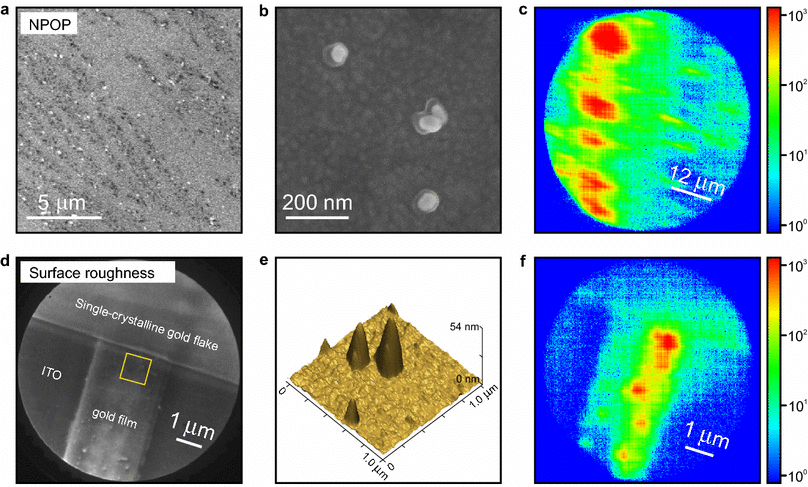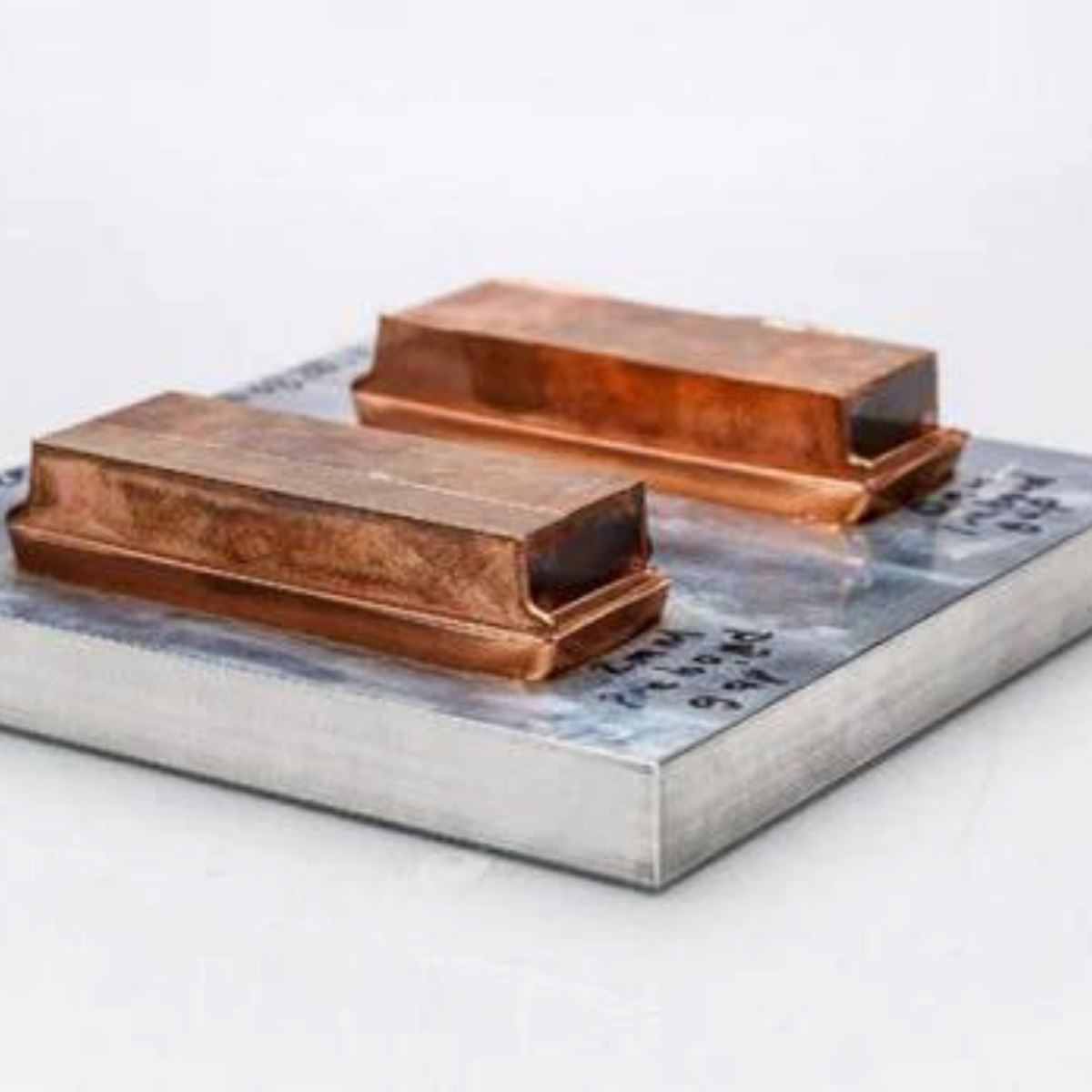What Is Cold Welding And How It Works
When most of us think of welding, we imagine either open flame or electrical arc as the energy source. The metal is brought to the liquid or molten phase in the joint, and with or without filler material, the metal is joined.
But cold welding is nothing alike. There is no molten phase, no electrical arc, and no flame as an energy source.

Source: wikiwand.com
Cold welding is a solid-state welding process in which two solid pieces of metal are joined together using immense pressure. The metal never melts during the cold welding process, and the joining happens at room temperature.
In this article, you'll learn how cold welding works, its applications, advantages, and disadvantages.
How Does Cold Welding Work
The cold welding process works by pressing two metal surfaces together. The applied pressure brings the surfaces as close as possible. As the space between surfaces becomes extremely narrow, the nanoscale distance becomes irrelevant, making the atoms jump from one surface to another.

The image shows a hand-held cold welding tool and cold welds made between copper, mild steel, and aluminum plates. Image source: Welding: Principles and Applications book 8th ed. by Larry Jeffus, page 736.
The formed joint has the same characteristics as the base metals. The two pieces become a homogeneous mass, making it difficult to find the joint line and differentiate between the two original pieces.
This contact welding process requires no heat or electrical current flow. Everything works at ambient temperature.

Source: quora.com
Metals have surface irregularities, even if the surface looks completely flat to the naked eye. The applied pressure during the cold welding resolves these irregularities and surface roughness, ultimately bringing the two metals together close enough for interatomic attraction between two metals to form a solid bond.
The cold welding process has one crucial pre-welding requirement. Both metals must have their oxide layers removed. If the pure metal underneath the oxide layer is inaccessible, cold welding cannot take place. The atoms won't jump from one surface to another if there are oxide layers in between.

Source: alumeco.com
Richard Feynman, a well-known physicist, said the following about cold welding in his famous book "The Feynman Lectures on Physics":
"The reason for this unexpected behavior is that when the atoms in contact are all of the same kind, there is no way for the atoms to "know" that they are in different pieces of copper. When there are other atoms, in the oxides and greases and more complicated thin surface layers of contaminants in between, the atoms "know" when they are not on the same part."

Source: engineeringclicks.com
So, for cold welding to occur, the joining metal surfaces must be perfectly cleaned. The cleaner they are, the better the joint. If they are entirely free of contaminants and oxides, the newly formed metal will become a homogeneous mass without a clear indication that welding took place.
Preparing the Metal For Cold Welding
To achieve perfect cold pressure welding, it is necessary to clean the surfaces and prepare the joint's geometry. If cold welding wires together, there is no special attention needed in the preparing phase other than making a clean cut on the ends of both wires before applying pressure. However, if welding more complex sections, it is necessary to prepare the metal accordingly.
The Joint Surface
Whether you are welding pipes, wires, or another kind of section, the recommended surface is a simple flat area between two metals. The surface irregularities and roughness make it more difficult for interatomic attraction to form a homogeneous mass. So, you should flatten the joint surface area as much as possible before attempting to achieve a cold weld.

Cleaning The Surfaces For Cold Pressure Welding
The most vital step is cleaning the surface of the two metals from the oxide layer, oils, grease, and any other contaminants. There is zero tolerance for contamination if you wish to achieve a perfect cold welding joint.
When cold welding wires, the cold welder will trim the wires before forcing them together. This exposes an almost completely clean wire cross-section. But when welding pipes and other metal sections, you have to clean everything manually.

While every metal has oxides on its surface, removing the oxide layer is not the first step. The grease and oil are also present on the surface, even if not visible to the naked eye.
Attempting to remove the oxide layer first with abrasives like wire brush wheels or similar can push grease and other contaminants deeper into the metal surface. Soft metals like gold, copper, silver, and aluminum are most susceptible to getting impurities embedded under the surface.

Source: quora.com
This will make cold welding difficult because the metal part will now have impurities within itself. If you attempt a cold weld, those impurities may not get squeezed out and cause a certain part of the joining area not to achieve interatomic bonds because the contaminants will stand in the way.
So, it is necessary to first clean the surface thoroughly from oils using a cleaning solution appropriate for the metal you are welding. Afterward, the oxide layer is removed by a wire brush, wire wheel, flapper wheel, or other abrasive suitable for the welded metal.

Source: Andrezadnik/Wikimedia Commons
How Strong Are Cold Welded Joints
If you successfully prepare the metal surfaces and clean them perfectly, the cold welded joint will be as strong as the parent metal.
With other welding processes, it is possible for the joint's strength and other mechanical properties to outperform the parent metal because the added filler metal may be of a different alloy, or the thermal treatment may influence the material in the weld zone, changing its characteristics.

Photo by @Massimo
However, the cold welded joints cannot achieve better joint characteristics than the metal itself.
It is easiest to achieve near-perfect bonds when cold welding wires. But when welding other metal shapes, improper preparation can compromise the joint strength.
Cold Welding Advantages
- The most significant advantage of the cold welding process is the absence of heat-affected zone ("HAZ") responsible for many welding problems. Since there is no arc or concentrated heat, there is no HAZ either
- If correctly performed, cold welding makes perfect welds without brittle intermetallic compounds, micro-cracks, porosion, contamination, and other joint weaknesses
- It is relatively easy to perform because most of the work is actually related to metal preparation
- The cold welding process is perfect for welding aluminum, especially when joining it to copper. Achieving such a bond is very challenging with other welding processes
- Welds a wide variety of metals, and it's especially suitable for joining dissimilar metals
- It is faster than many other welding methods
Cold Welding Disadvantages
- The metal must be perfectly cleaned to achieve high-quality cold welding bonds
- It is very challenging to use the cold welding method in industrial applications because of contaminants in the air like metal dust, sparks from grinding in fab shops, and other cross-contamination sources
- Nanoscale molecular irregularities can weaken the resulting metal parts joint
- Cold welding works best with flat surfaces, while irregular shapes are difficult to achieve
- Cold welding procedures cannot join metals with carbon content like carbon steel. It is possible to achieve cold-welded bonds only with ductile, non-ferrous metals like copper, aluminum, silver alloys, lead, gold, etc.
What is Cold Welding Used For
The cold welding process is mainly used to weld wires, especially when laying underground wires if there is a hazard of flammable gasses.
Arc welding or similar processes may cause these gasses to ignite, while cold welding is perfectly safe.
This process is a suitable joining method when working with flammable or explosive substances, and welding is necessary. For example, sealing containers that contain such substances can be achieved by cold welding.

Cold pressure welding is also used in many industries, including dentistry, electronics, automotive, production, and aerospace, especially for joining dissimilar metals.
What Materials Can Be Cold Welded
The materials you can cold weld are limited to non-carbon and non-ferrous materials. However, most other softer metals are suitable for cold welding, including copper, aluminum, gold, silver, and its alloys, nickel, 70/30 brass, zinc, and even alloys like Aldrey, Tripple E, and Constantan.

Photo by mobileweldinglondon.co.uk
This process can also achieve strong welds with 2xxx and 7xxx aluminum series, which is impossible using any arc welding process. That's because these aluminum alloys have a strong tendency to crack under heat.
One of the biggest advantages of cold welding is its ability to join dissimilar metals. For example, it significantly outperforms the bond quality achieved between copper and aluminum compared to processes like friction welding, flame brazing, or resistance welding.

Source: mtiwelding
The oxides and air are responsible for fusion welding failure when joining aluminum and copper. The cold welding process solves this issue by squeezing out the oxides and air spaces and achieving a near-perfect bond without any heat that can affect the metallurgical characteristics of these metals.
Possible Weld Joints
The butt and lap joints work the best when cold welding because this process relies on the contact surface.
For welding wires and pipes, the butt joints are used. It's easy to prepare the ends by trimming the wires or cutting the pipes. This brings out a shiny, clean metal surface to the contact area between two pieces, allowing you to achieve a strong bond.

Source: stirweld.com
When cold welding with a lap joint, you have to consider the reduction in metal thickness that occurs due to applied pressure. Your welded part could lose up to 50% of its original thickness, depending on the material. This should be calculated in advance because your finished product may not meet your expectations.

Source: stirweld.com
Conclusion
The history of cold welding is long. This process first emerged in the Bronze age, but it wasn't applied in the industry until after the 1950s when it became a recognized process we use today.
Cold welding machines for wires are available today that can complete butt weld joints in seconds. But welding more complex elements require a more detailed approach. Welding without heat energy sounds very odd to rookie welders, but it's definitely possible, and it's often used when arc welding is difficult or not practical.
This was an overview of what is cold welding and what you can do with it. Unlike a MIG welding process or something like laser welding, cold welding requires nothing but a clean surface and powerful pressure.







Great article! Learned something.
Very informative!
What are the pressures needed for cold welding.. I am sure it varies by material or materials joined. ??
Great article obtw.
(welding 10 + yrs)
Leave a comment